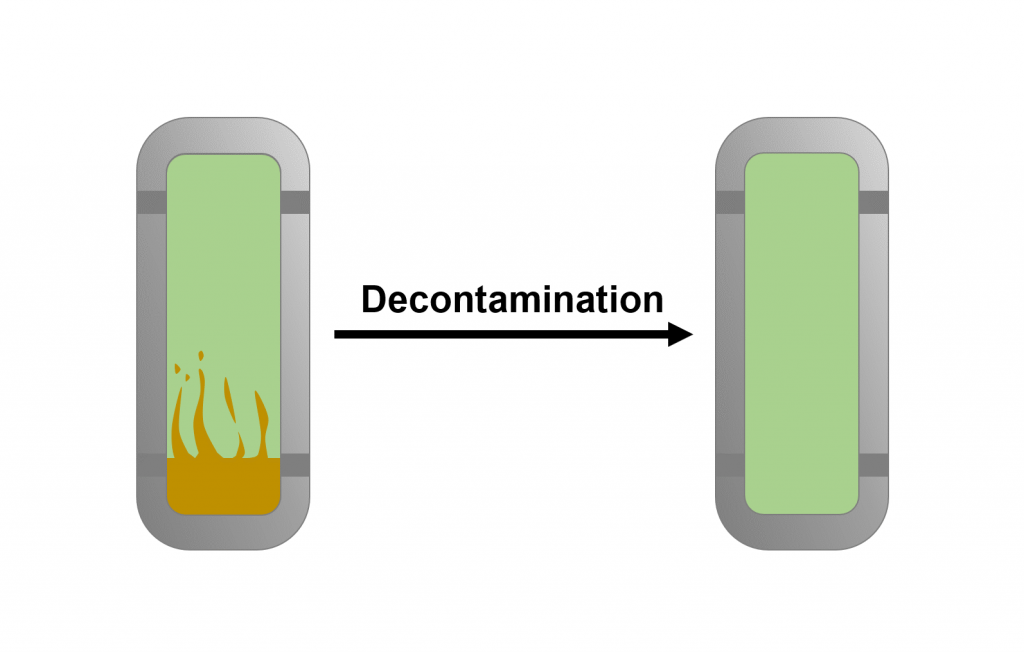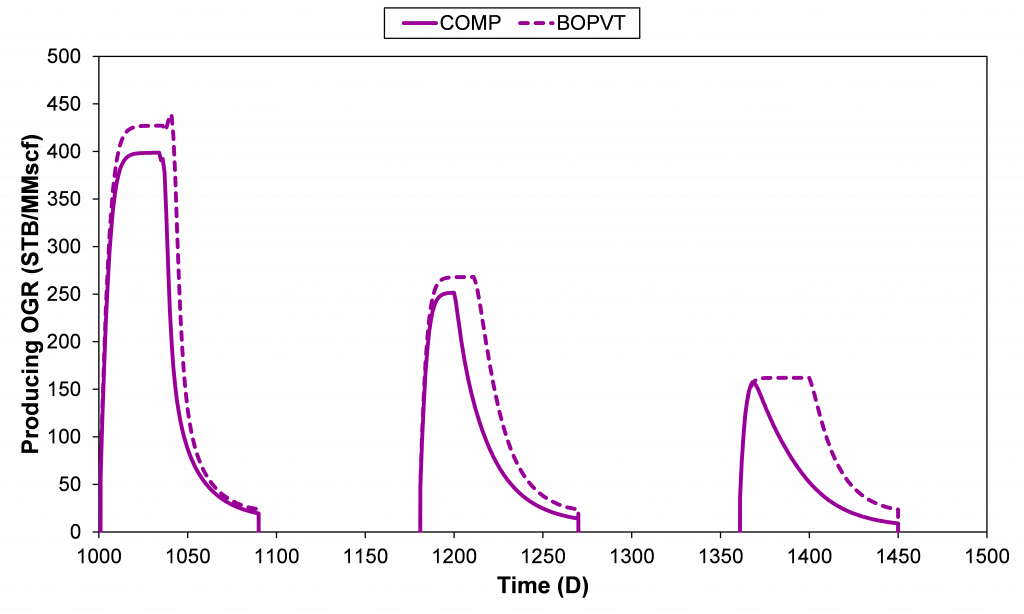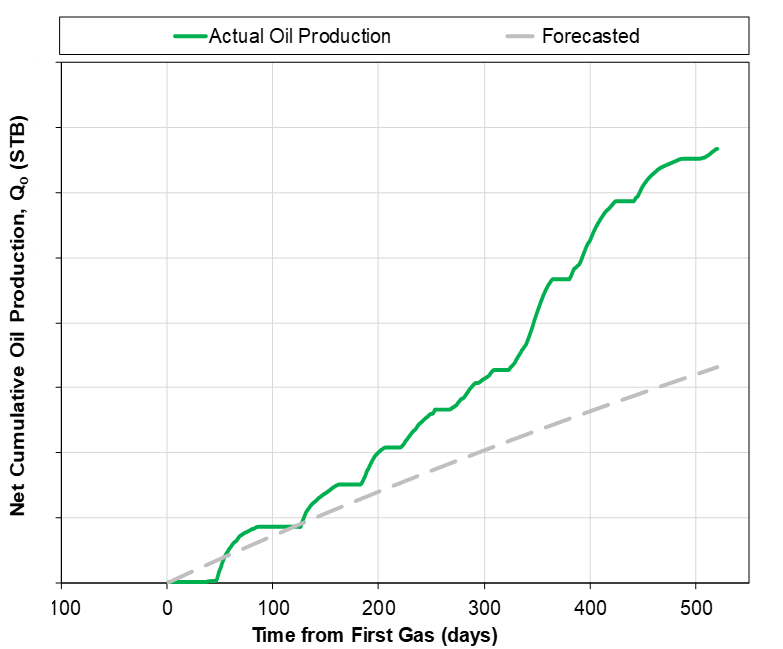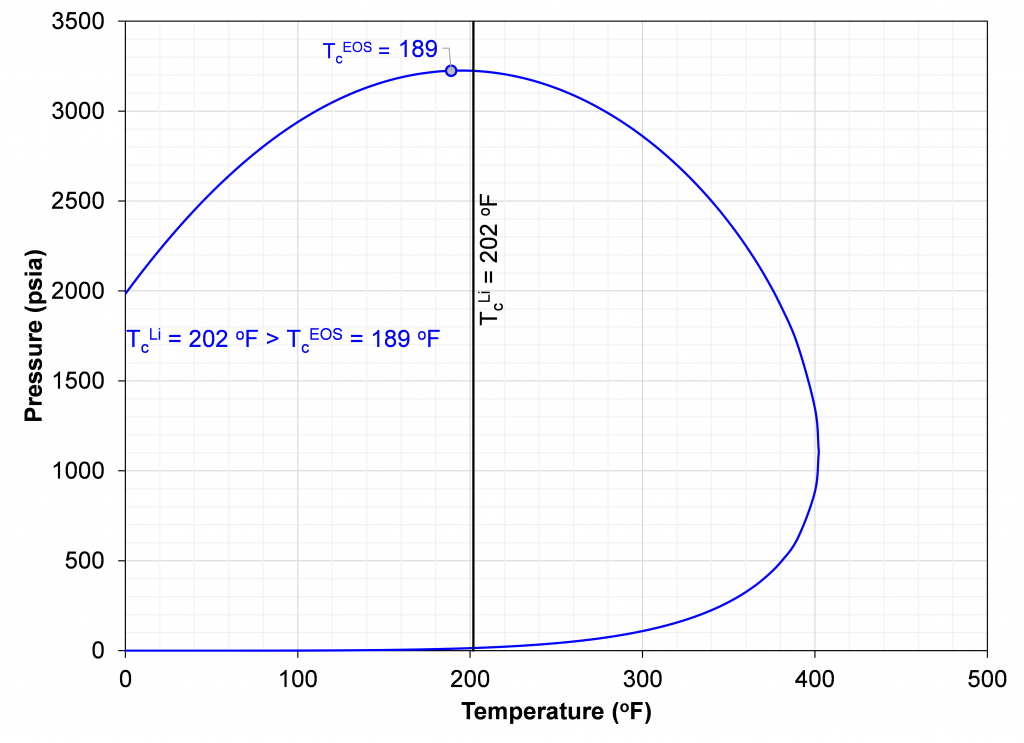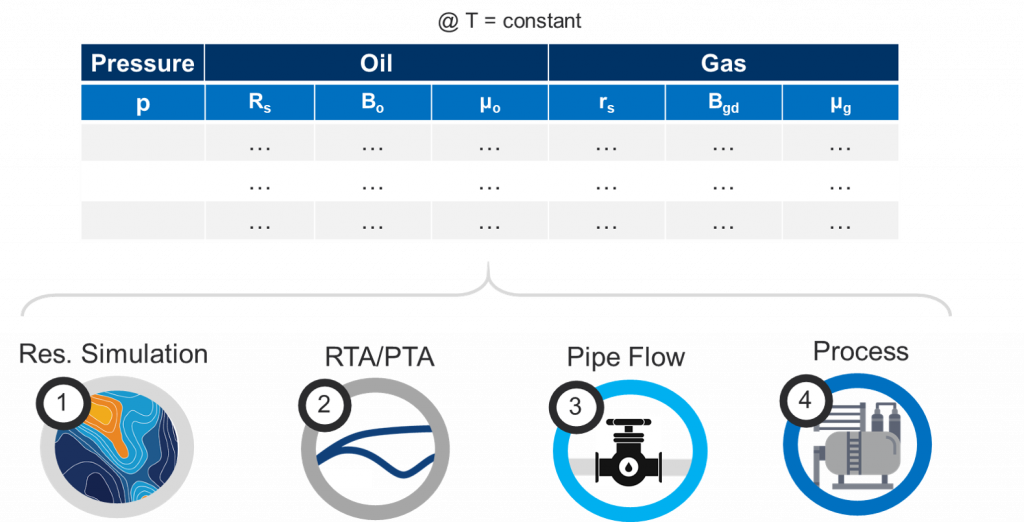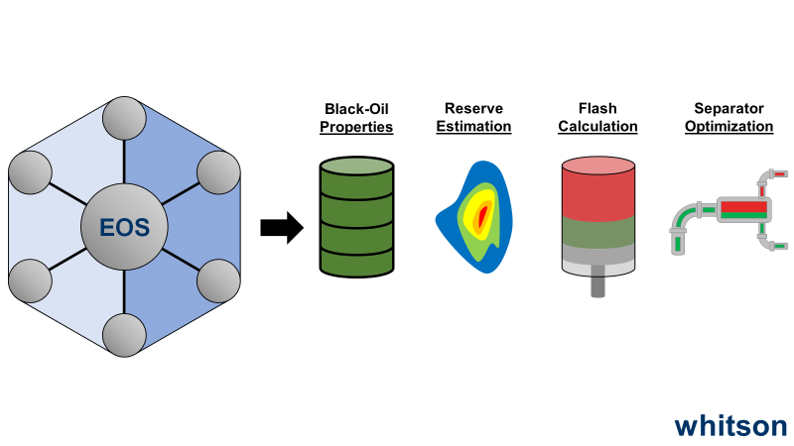Frac-to-Frac Gas EOR—The Future of Unconventional Gas EOR?
Author: Ilina Yusra, Stian Mydland & Mathias Lia Carlsen After EOG Resources reported uplift results from their Eagle Ford Huff-n-Puff (HnP) activities, gas injection has gained significant traction in tight unconventionals. The success in the Eagle Ford has led companies to pursue gas HnP in other basins including Permian, SCOOP/STACK, Bakken and Montney. The HnP […]


